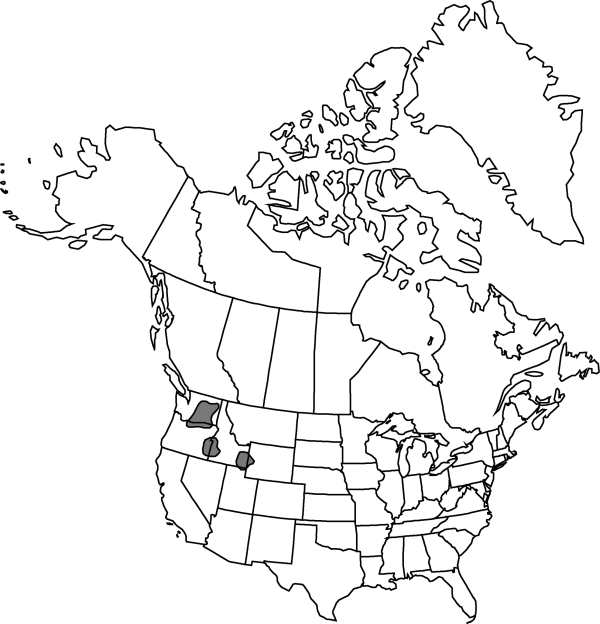Difference between revisions of "Abronia mellifera"
Bot. Mag. 56: plate 2879. 1829.
imported>Volume Importer |
imported>Volume Importer |
||
| Line 49: | Line 49: | ||
|publication year=1829 | |publication year=1829 | ||
|special status=Endemic | |special status=Endemic | ||
| − | |source xml=https:// | + | |source xml=https://bitbucket.org/aafc-mbb/fna-data-curation/src/2e0870ddd59836b60bcf96646a41e87ea5a5943a/coarse_grained_fna_xml/V4/V4_127.xml |
|genus=Abronia | |genus=Abronia | ||
|species=Abronia mellifera | |species=Abronia mellifera | ||
Latest revision as of 21:56, 5 November 2020
Plants perennial. Stems decumbent to ascending, much branched, elongate, glabrous or glandular-pubescent. Leaves: petiole 1–6 cm; blade ovate to lance-elliptic, 1–6 × 0.5–4 cm, margins entire to sinuate and ± undulate, surfaces glabrous or glandular-pubescent. Inflorescences: peduncle longer than subtending petiole; bracts lanceolate to obovate, 5–12 × 1–5 mm, papery, glabrate to glandular-pubescent; flowers 25–60. Perianth: tube pale rose proximally to greenish distally, 15–25 mm, limb white, 7–12 mm diam. Fruits winged, broadly obdeltate or cordate in profile, 6–10 × 4–10 mm, thin, usually coriaceous, rarely indurate, base attenuate, apex prominently beaked; wings (2–)5 (when 2, folded to form single deep groove), without dilations, broad, thin, without cavities.
Phenology: Flowering spring–fall.
Habitat: Sandy soils, cold desert scrub, grasslands
Elevation: 100-2000 m
Distribution

Idaho, Oreg., Utah, Wash., Wyo.
Discussion
Selected References
None.